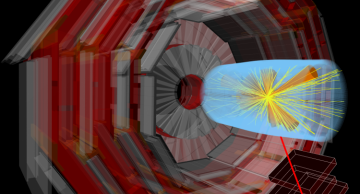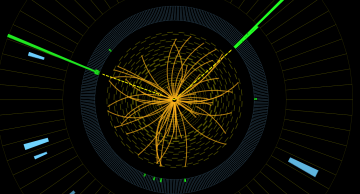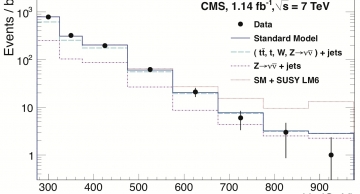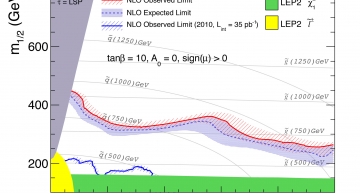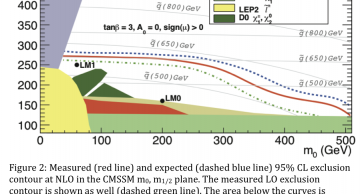The standard model of particle physics encapsulates our current knowledge of elementary particles and their interactions. The standard model is not complete; for example, it does not describe observations such as gravity, has no prediction for dark…
The Standard Model of Particle Physics is the theory that physicists use to describe elementary particles’ fundamental interactions. The Standard Model was developed over many decades. It has been able to predict experimental observations with…
CMS is presenting a wide range of results for the annual winter conference, Rencontres de Moriond. The first week of Moriond — 3–8 March — is devoted primarily to electroweak (EW) studies. Among the CMS results are further studies of the recently…
At the Hadron Collider Physics (HCP) Symposium held in Kyoto, Japan on 12–16 November 2012, CMS presented many new results, including updates on the search for the Standard Model (SM) Higgs boson as well as Supersymmetry (SUSY). Several of these…
Read the paper: SUS-11-003
The analysis shows no excess of events over the Standard Model expectations. As a result, exclusion limits were placed on searches for squarks and gluinos in the Constrained Minimal Supersymmetric extension of the Standard…
High-energy collisions with final states that include leptons (electrons, muons or taus) have played major roles in the history of physics. Several particles – such as J/ψ, W, and Z – as well as productions of pairs of Top quarks were discovered in…
The Compact Muon Solenoid (CMS) Collaboration at CERN’s Large Hadron Collider (LHC) has announced the results of the search for supersymmetry (SUSY) in events with jets and missing transverse energy. The search is based on data accumulated by the…

